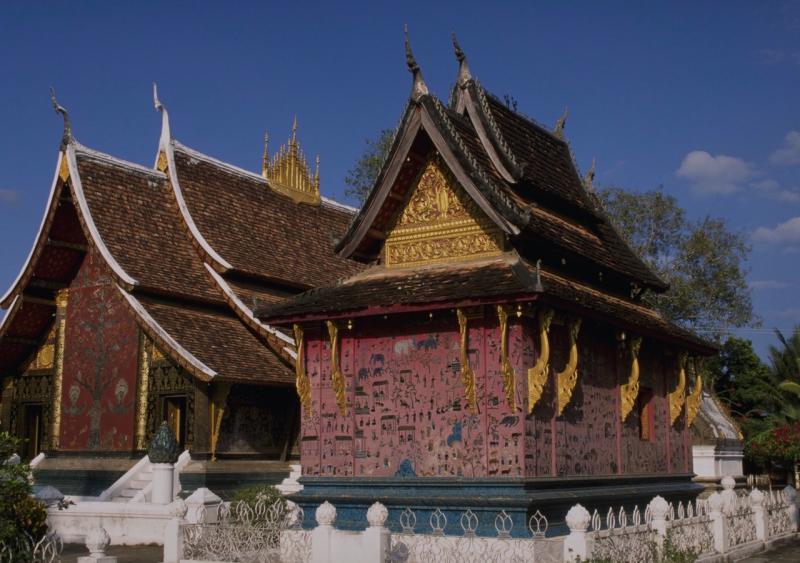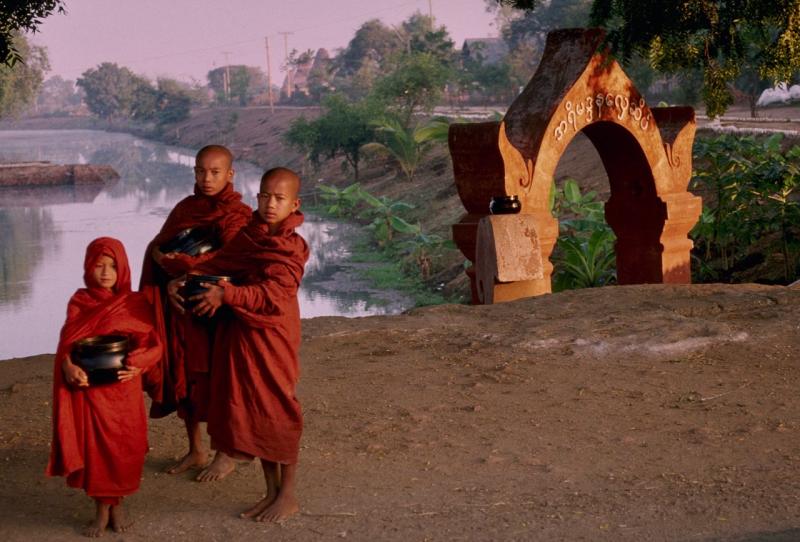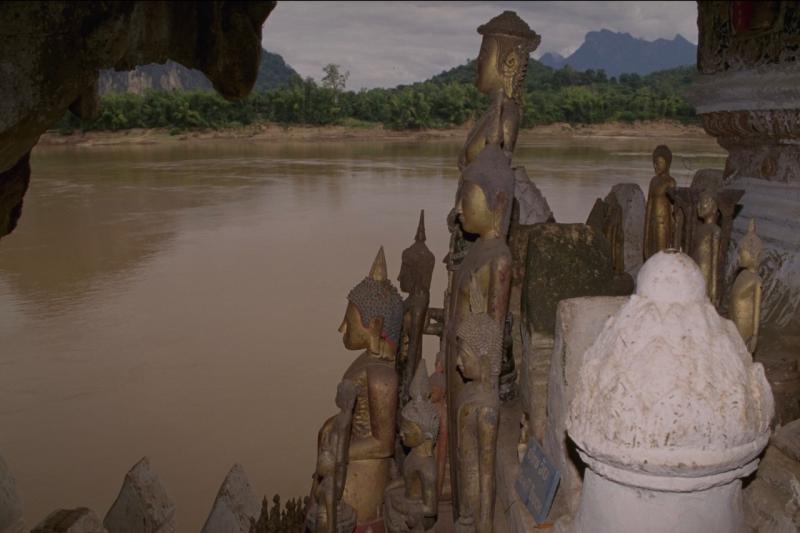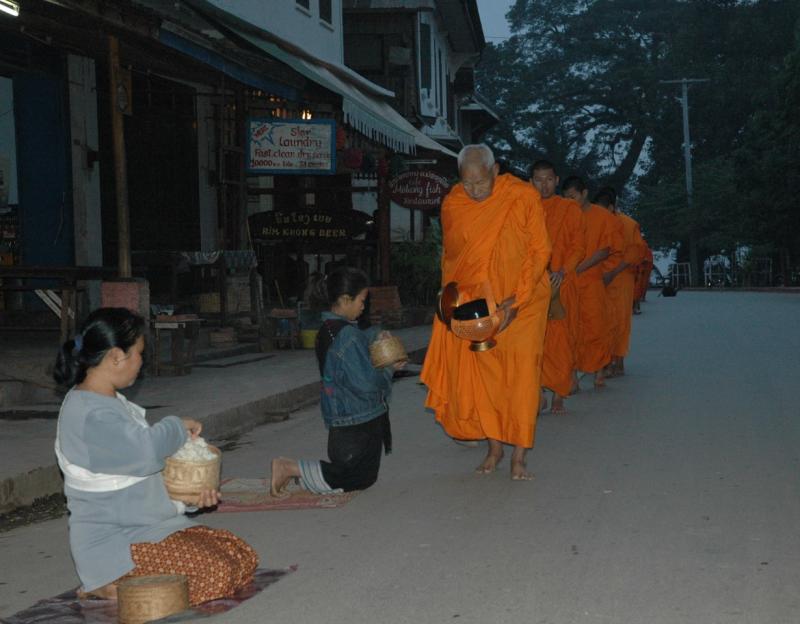Luang Prabang, Laos - Long-Held Innocence
Luang Prabang, a UNESCO World Heritage Site, is one of the must on each and every bucket list
3/15/2023

Laos is a landlocked country in Southeast Asia, bordered by Thailand to the west, Cambodia to the south, Vietnam to the east, China to the north, and Myanmar to the northwest. The country has a rich history, culture, and natural beauty that make it an attractive destination for tourists from around the world. Luang Prabang, a UNESCO World Heritage Site, is one of the most popular tourist destinations in Laos, known for its temples, natural beauty, and unique blend of traditional and modern culture. This text will provide an in-depth look at the history of Laos, with a focus on Luang Prabang and the sights that can be found in the city.
Introduction:
Laos is a landlocked country in Southeast Asia, bordered by Thailand to the west, Cambodia to the south, Vietnam to the east, China to the north, and Myanmar to the northwest. The country has a rich history, culture, and natural beauty that make it an attractive destination for tourists from around the world. Luang Prabang, a UNESCO World Heritage Site, is one of the most popular tourist destinations in Laos, known for its temples, natural beauty, and unique blend of traditional and modern culture. This text will provide an in-depth look at the history of Laos, with a focus on Luang Prabang and the sights that can be found in the city.
Chapter 1: Early History of Laos
The earliest inhabitants of Laos were likely the Mon-Khmer people, who migrated to the region from what is now Vietnam and Cambodia around 4,000 years ago. They were followed by the Tai people, who migrated from southern China to northern Laos around 1,000 years ago. The Tai people established the Kingdom of Lan Xang in the 14th century, which became the dominant power in the region for several centuries.
Under the leadership of King Fa Ngum, Lan Xang expanded its territory and became a major regional power, controlling much of present-day Laos, as well as parts of Vietnam, Cambodia, and Thailand. The kingdom was divided into three parts after the death of King Souvanna Phouma in 1694, with each part controlled by one of his sons. This led to a period of instability and conflict, with the kingdom eventually being divided into smaller principalities.
Chapter 2: French Colonial Rule
In the late 19th century, Laos came under French colonial rule, as part of French Indochina. The French established administrative control over the region and introduced modern infrastructure, such as roads, railways, and telegraph lines. They also introduced Christianity and western education to the region. However, the French rule was marked by economic exploitation and social injustice, with the Laotian people being forced to work in mines and plantations, and many being forced to convert to Christianity. The Laotian people began to demand independence in the early 20th century, and this movement gained momentum in the years following World War II.
Chapter 3: Path to Independence
Laos gained its independence from France in 1953, after a long struggle against colonial rule. The country was initially ruled by a monarchy, with King Sisavang Vong as the head of state. However, the monarchy was overthrown in 1975, following a civil war that lasted for several years.
The Communist Pathet Lao took control of the country, and established the Lao People's Democratic Republic. The new government implemented socialist policies and aligned itself with the Soviet Union and other communist countries. The country remained under one-party rule until the 1990s, when economic reforms were introduced and a multi-party system was established.
Chapter 4: Luang Prabang Today
Luang Prabang is a city in northern Laos, located at the confluence of the Mekong and Nam Khan rivers. The city is known for its well-preserved traditional architecture, Buddhist temples, and natural beauty. It was designated as a UNESCO World Heritage Site in 1995.
One of the most popular sights in Luang Prabang is the Royal Palace Museum, which was the former residence of the Laotian royal family. The museum houses a collection of artifacts, including clothing, weapons, and religious objects. Another popular attraction is the Wat Xieng Thong temple, which is one of the most important Buddhist temples in Laos.
Luang Prabang is also known for its natural beauty, and one exciting journey is to travel up-river by boat to the Pak Ou Caves with Buddhist statuary generations-old. While cruising up-river the opportunity exists to visit one or two of the local villages, producing rice wine to be taken to market for sale. Luang Prabang is also known for its silver and the magnificence and intricacies of the filigree work by the local silversmiths.
Since 1989, First Cabin Travel has created custom luxury-styled itineraries to unique and various destinations with the mainstay of bookings derived from repeat clientele and their enthusiastic referrals. First Cabin is your passport to excellence.
CA Reg: 2018168-40












